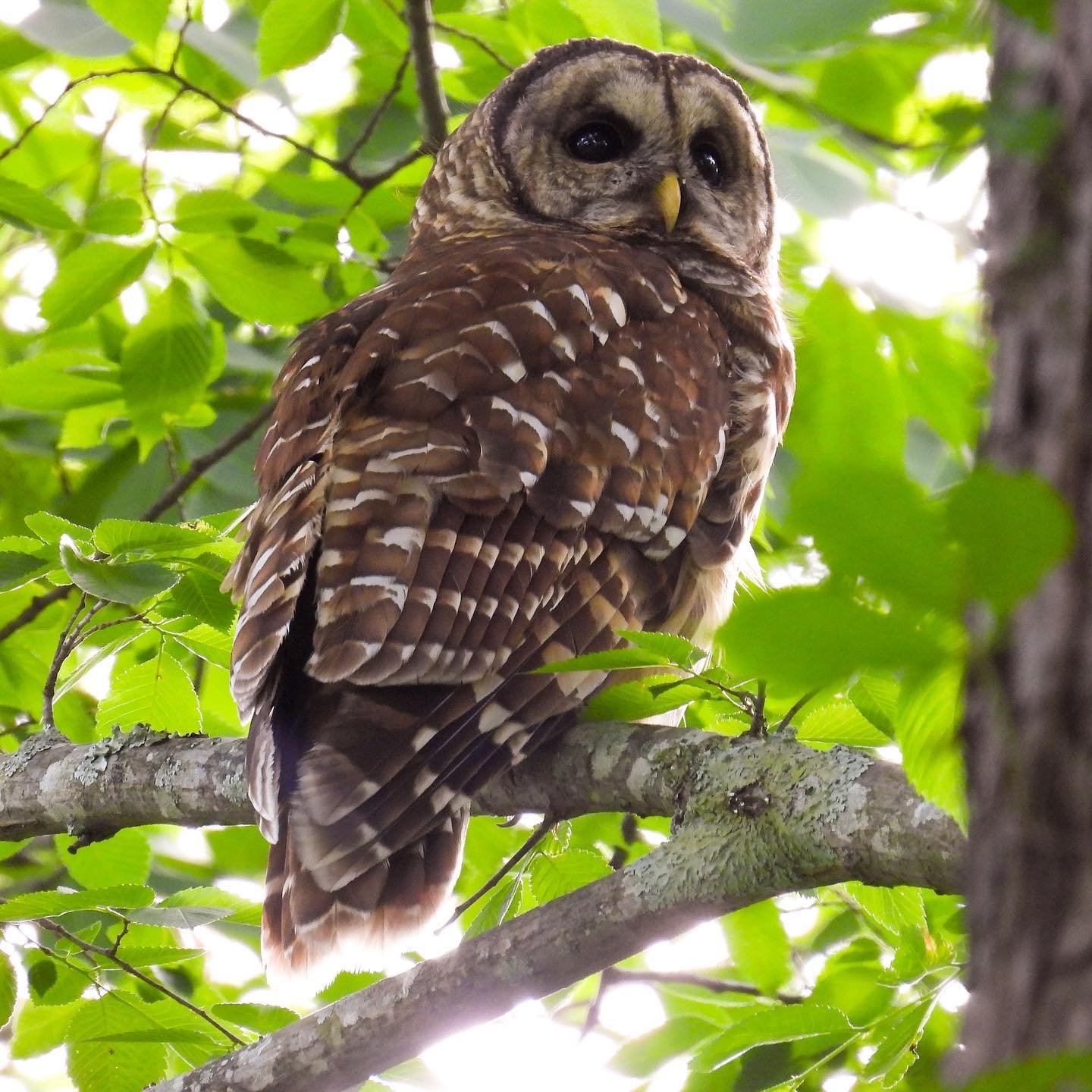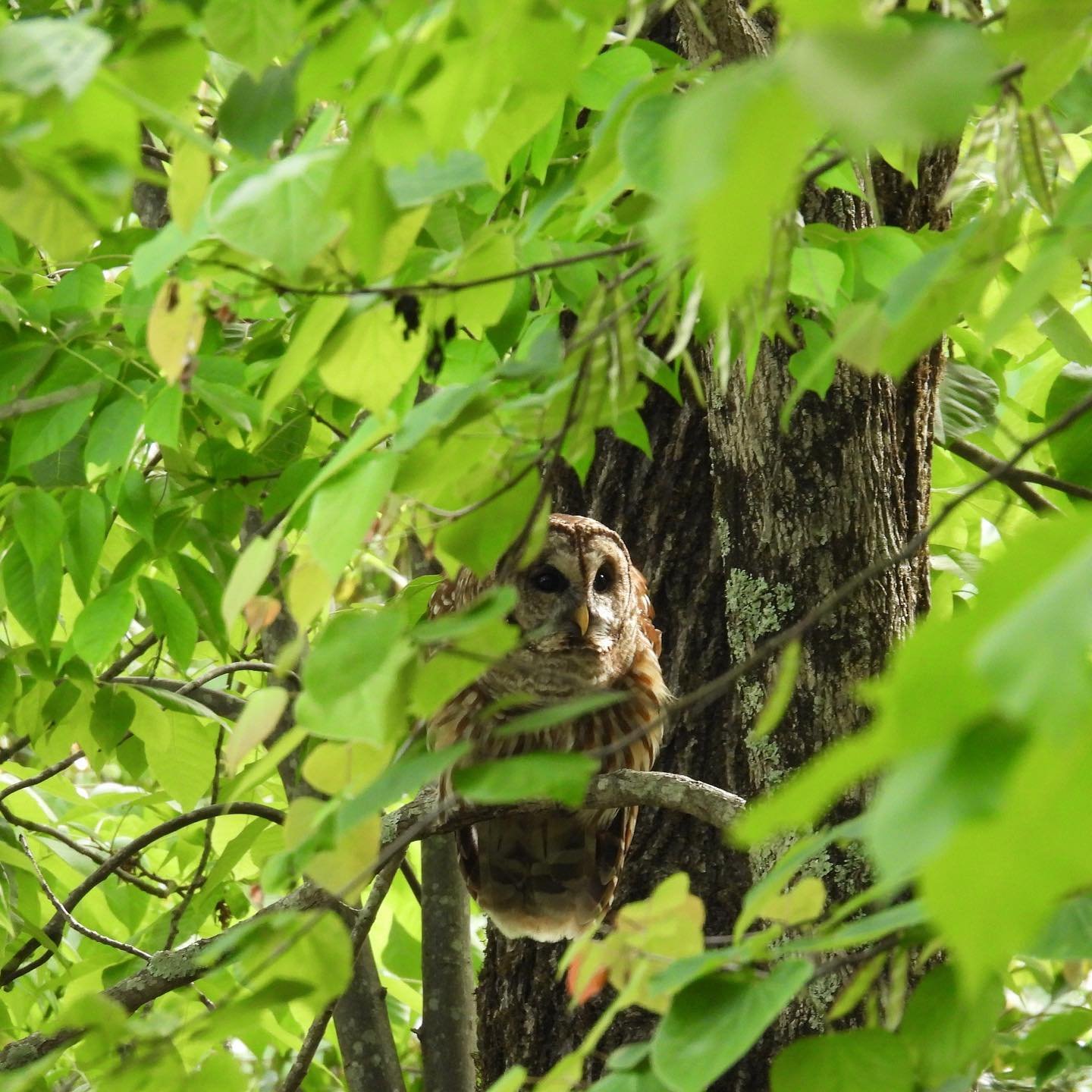Request For Proposal (RFP):
Executive Search Firm
Jefferson County Greenways Commission: Parks Superintendent
Request for Proposal Timeline:
The Mountain is Calling

Request For Proposal (RFP):
Request for Proposal Timeline:
We held our first bird banding station on May 15th for the MAPS (Monitoring Avian Productivity Survivorship) Program with Alabama Audubon. Thanks to Lianne Koczur - AL Audubon, Mercedes Maddox - AL DCNR (Alabama Department of Conservation and Natural Resources, Kevin Shaw - UA grad student, Alliemarie Humphries - AL Audubon, Eva Ledvina - AL Audubon (JCIB) work study student (we love the Turkey Creek Nature Preserve hat).
Report from Jamie Nobles, Conservation Director:
We had 10 mist nets set up around the Wetlands and Maggie's field. Nets opened at sunrise and closed 6 hours later. The handlers provided regular rounds to remove captured birds from the nets and took them to the banding location at the pavilion. Captured birds were banded, sexed, aged, weighed, and measured then released. The primary goal of this program is to provide annual indices of breeding success and population data.
We banded 12 species and 23 individuals:
Northern Cardinal (6)
Eastern Towhee (1)
Kentucky Warbler (1)
White-eyed Vireo (5)
Hooded Warbler (1)
Eastern Phoebe (1)
*Magnolia Warbler (1) - migrant
Indigo Bunting (1)
Carolina Wren (2)
Swainson's Warbler (2)
Wood Thrush (1)
Summer Tanager (1)
We also netted 2 other species that were not banded: Common Yellowthroat (escaped prior to banding), Ruby-throated Hummingbird (not permitted to band).
Other birds observed or heard in the area during this time but not netted include: Tufted Titmouse, Carolina Chickadee, Brown Thrasher, Acadian Flycatcher, Blue-gray Gnatcatcher, Red-eyed Vireo, American Crow, Blue Jay, Great Blue Heron, Red-bellied, Woodpecker, Hairy Woodpecker, Turkey Vulture, Red-shouldered Hawk, Red-tailed Hawk, Barred Owl.
https://alaudubon.org/research/
https://www.birdpop.org/pages/maps.php
*All birds were handled and banded by biologists with the proper state and federal permits*

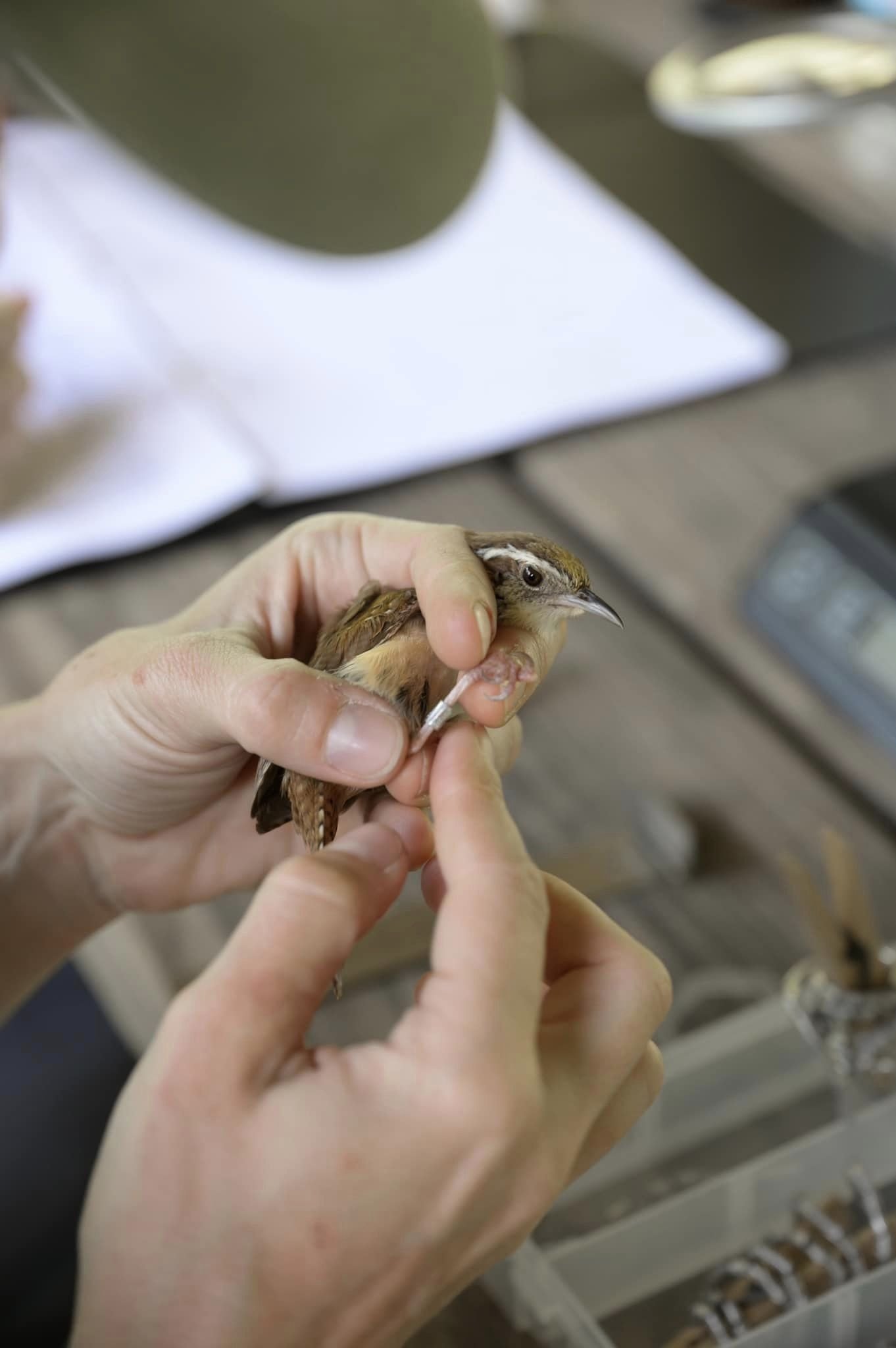
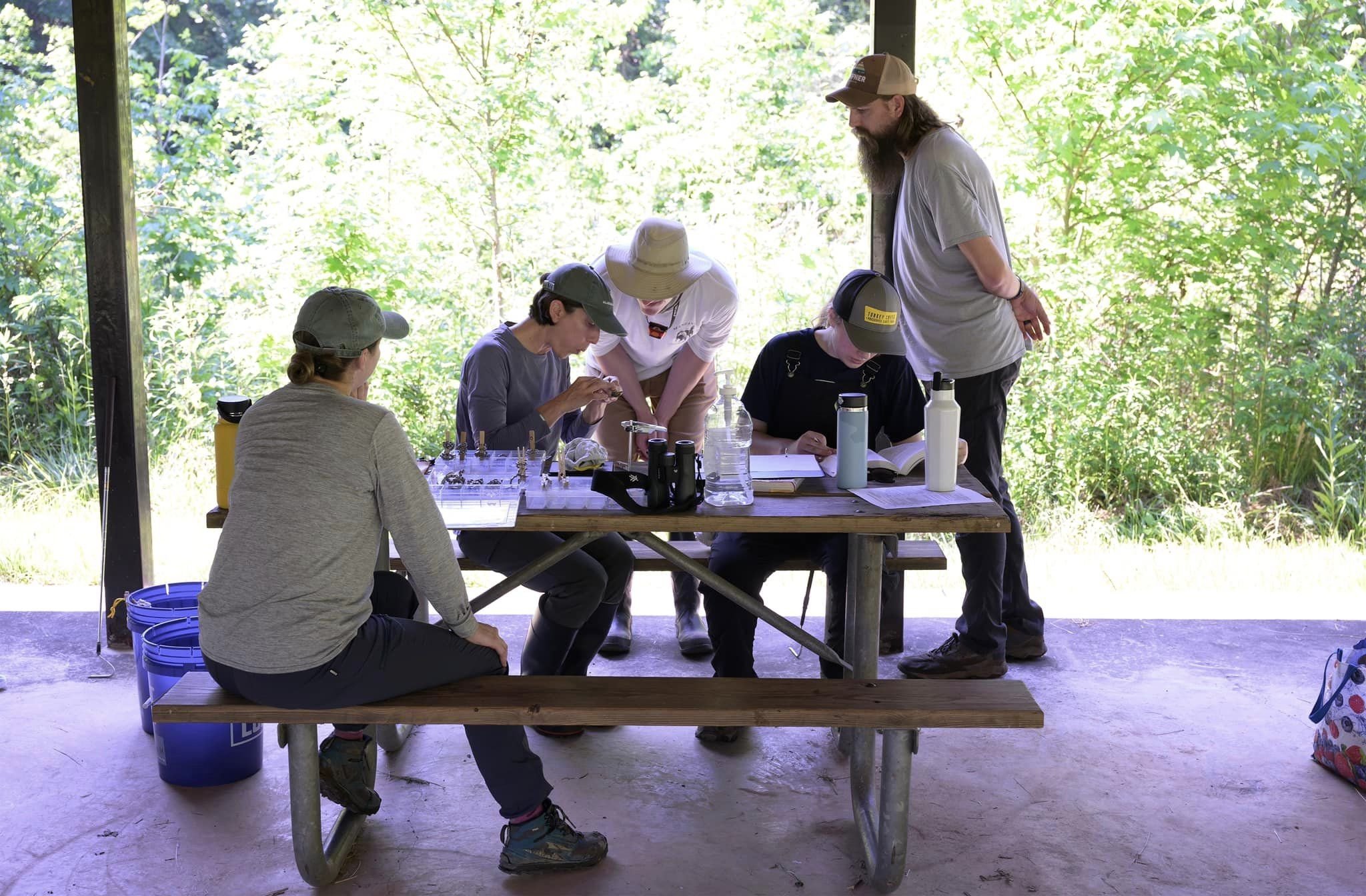
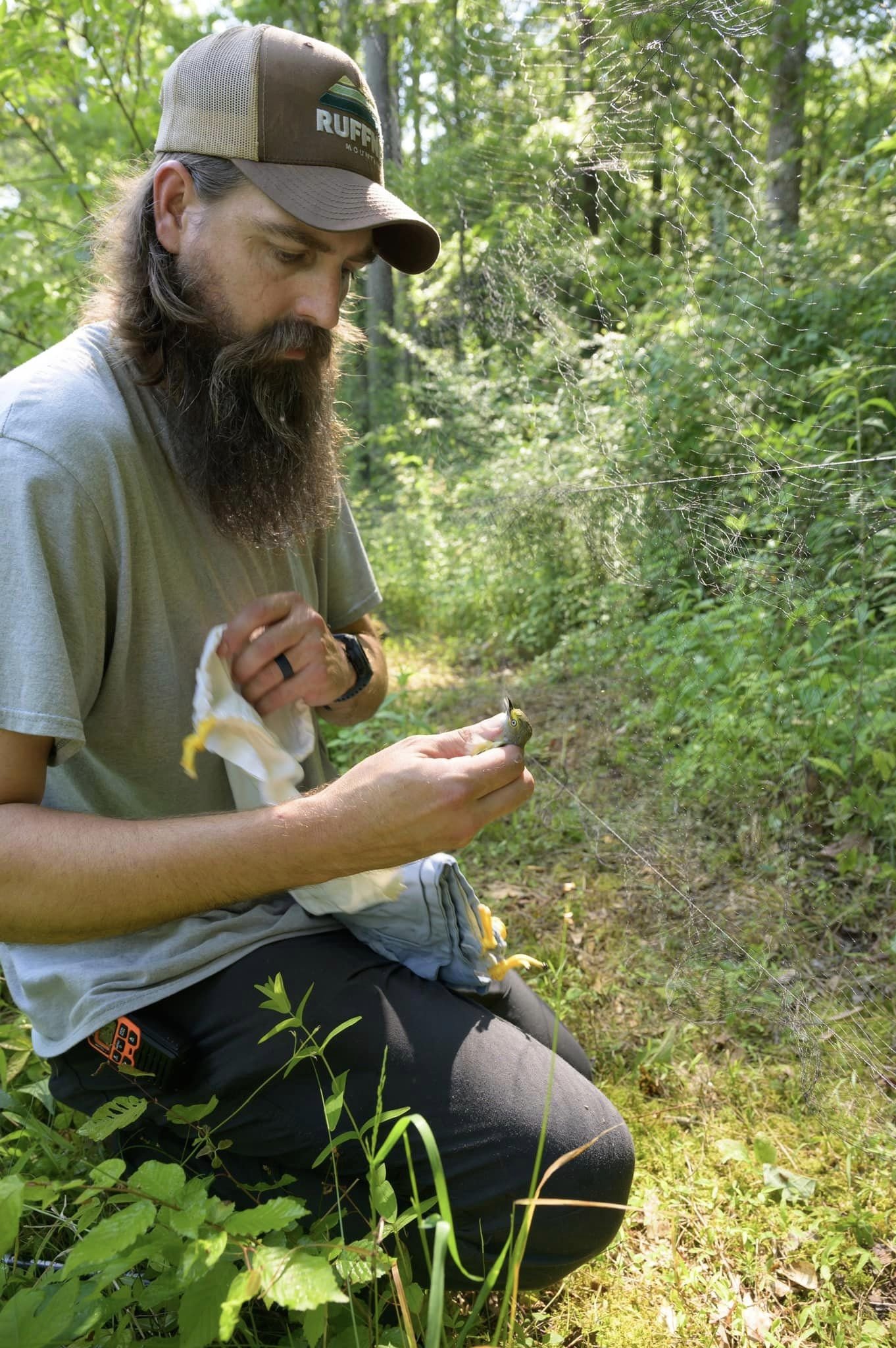
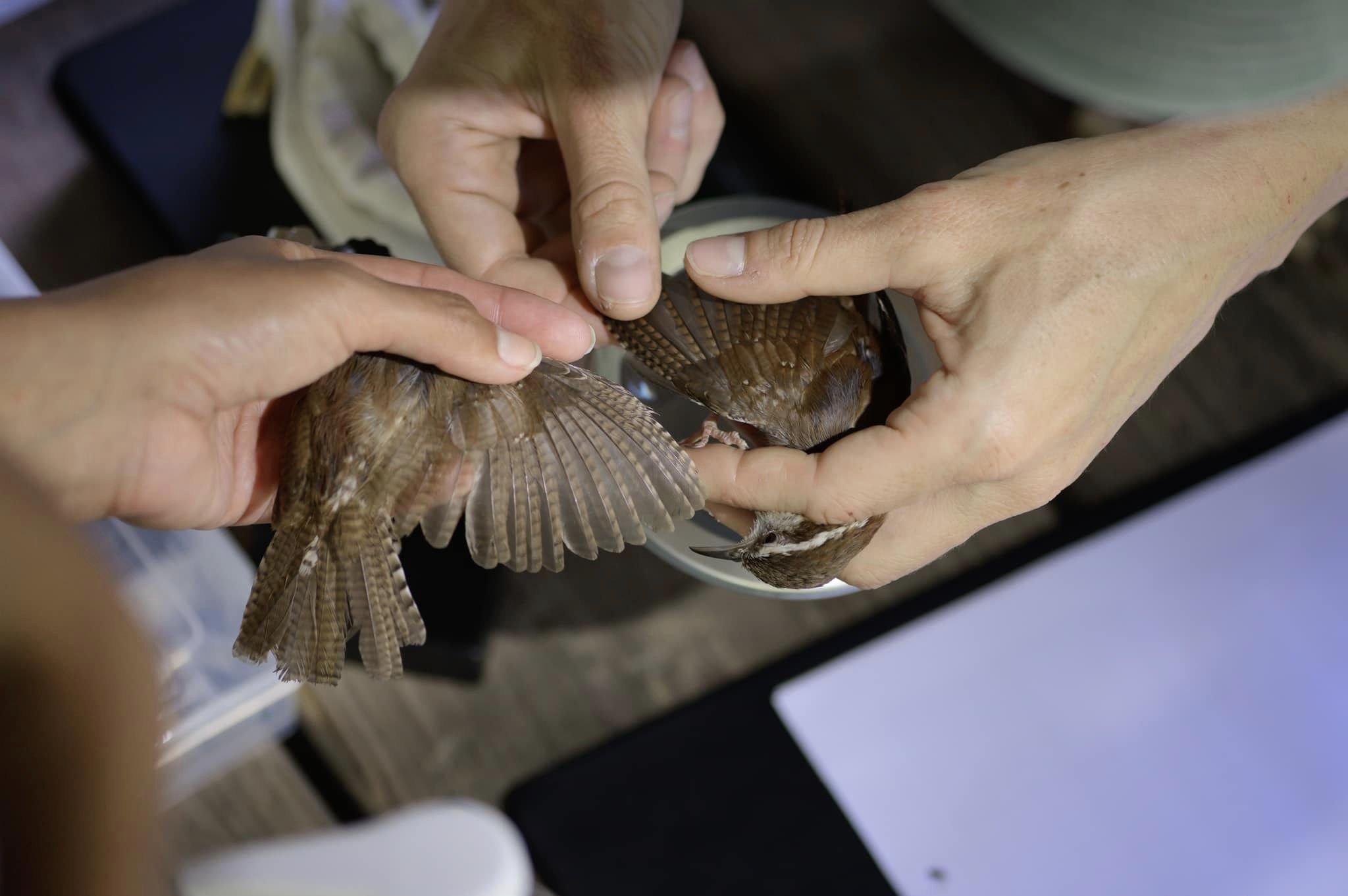
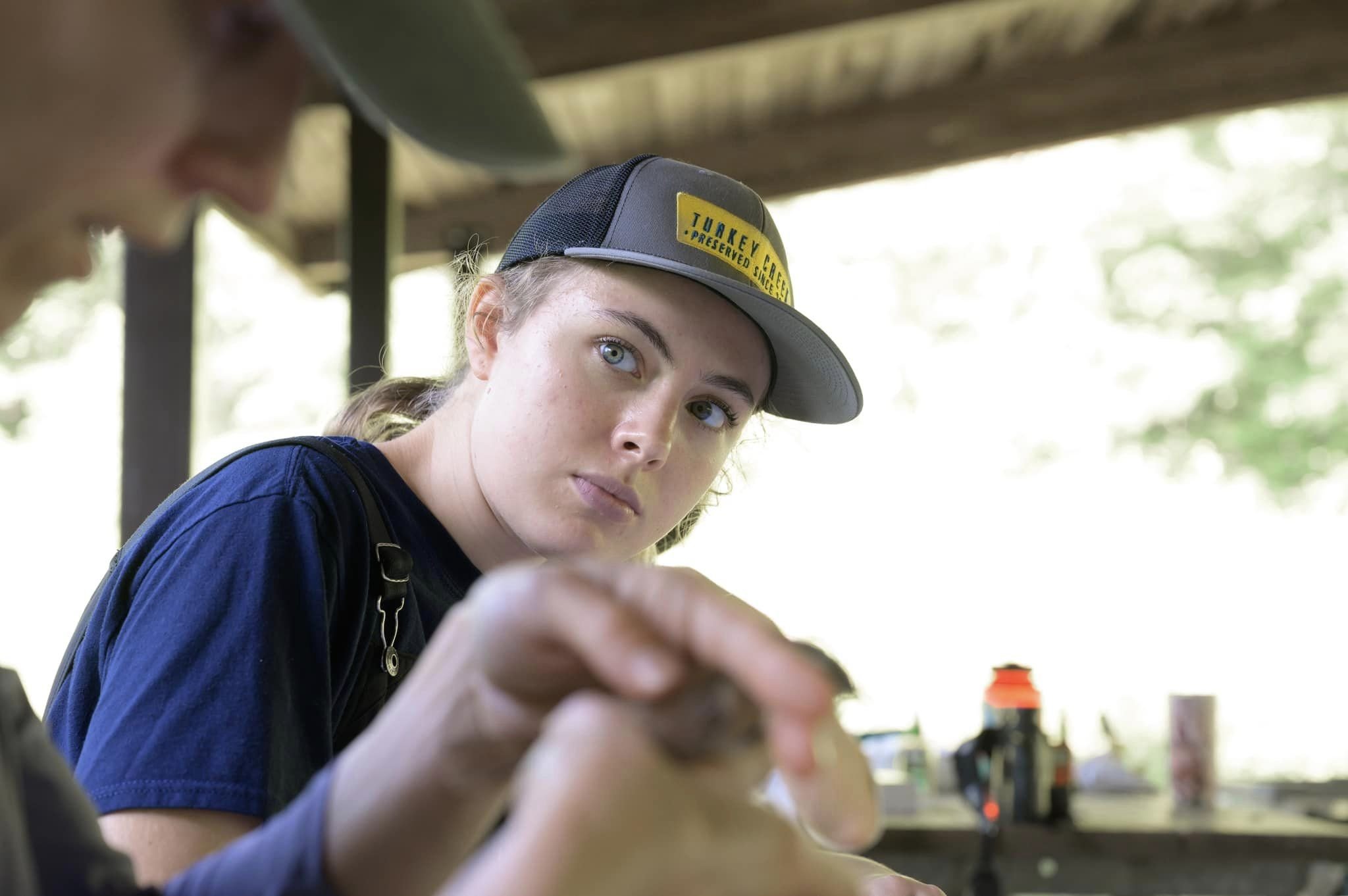


Alabama's Forever Wild Program and Alabama State Lands have committed to improving visitor access at the Turkey Creek Nature Preserve by funding the redevelopment of the Fall's Parking lot. This $250,000 improvement project will be allocated towards the construction of a much-needed asphalted parking lot contracted by Norris Paving and Asphalt. This construction will help alleviate roadside parking— one of the biggest safety issues facing the preserve. 40 new parking spots will be added with ADA-compliant parking spots available as well. The parking lot will also include improved drainage for the site which will alleviate erosion issues.
Construction for parking lot improvements begins on WEDNESDAY, May 31st, 2023. We expect this construction to last approximately 6 weeks and will likely require road closures, decreased parking availability, and increased congestion until the project has been completed. We are entering our busiest season at the preserve so we ask for your patience during this time.
We would like to thank Insite Engineering for donating their time and expertise to all of the designing and engineering plans for this project without which this project would not have been possible.
Two species native to our forests, oakleaf (Hydrangea quercifolia) and lacecap (Hydrangea arborescens), begin to bloom just as the emerging, light hues of spring leaves complete transition to darker verdant greens of summer's mature canopy. Seemingly luminescent in the dark forest, white clusters and lacecaps line the trails here on the mountain. There’s a bit of trickery in the blooms. The showy flower parts with big white petals are actually sterile and serve as the “open for business” sign, while the smaller hairy florets beneath the invitation petals are the fertile flowers. We love the come hither blooms of hydrangeas!
Thanks to Good Dogs, Neo, Twoey, and Lulu for using a leash! Help your dog be like them.
Wildlife can be hiding just off the trail. By keeping your dog on a leash, you are protecting your dog and other wildlife in the preserve.
Not all dogs are social butterflies. By keeping your four-legged friend on a leash, you are avoiding possible confrontations with other dogs.
Not all people are dog people. By keeping your dog on a leash you are helping the preserve to be welcoming to everyone.
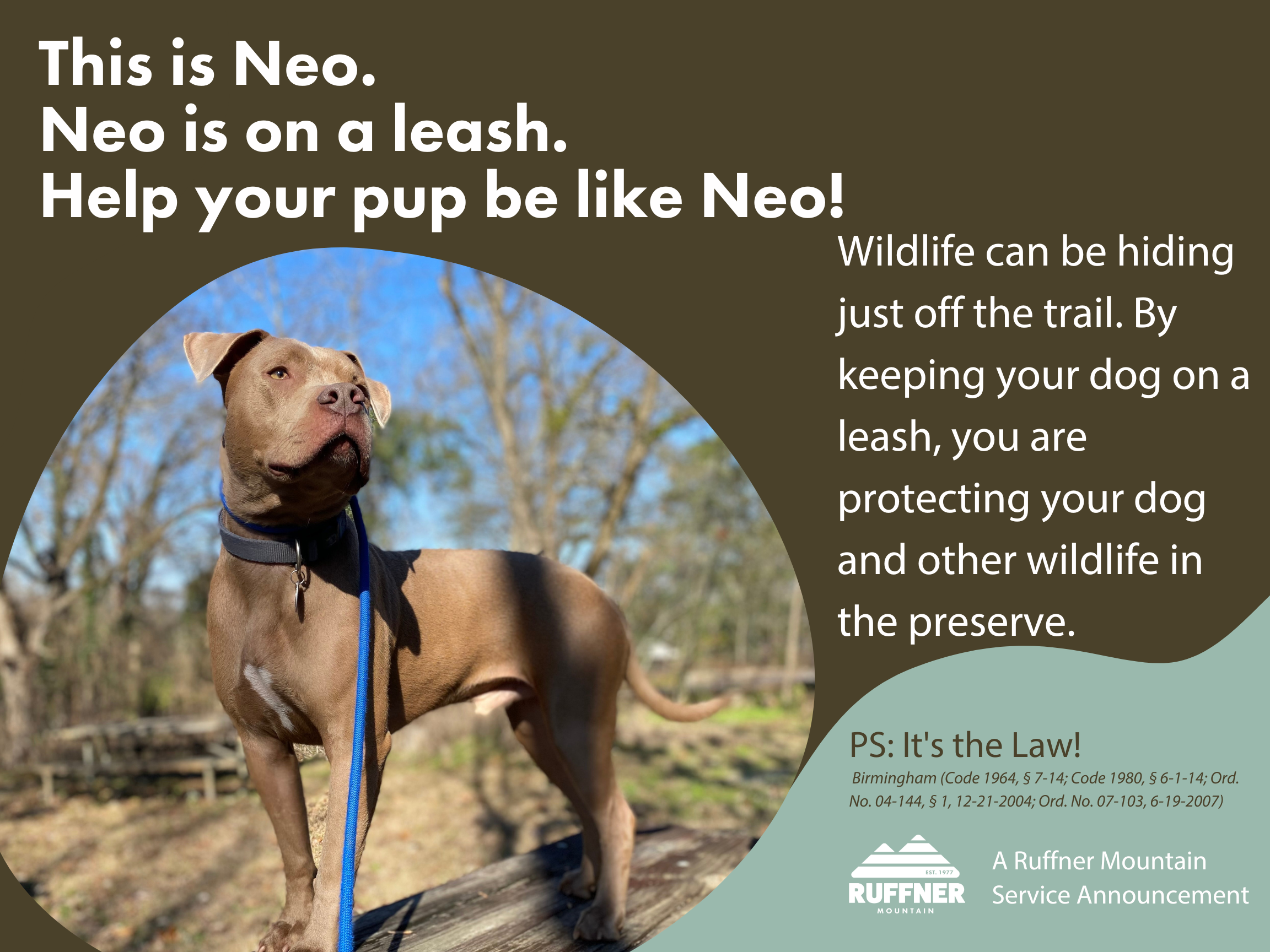
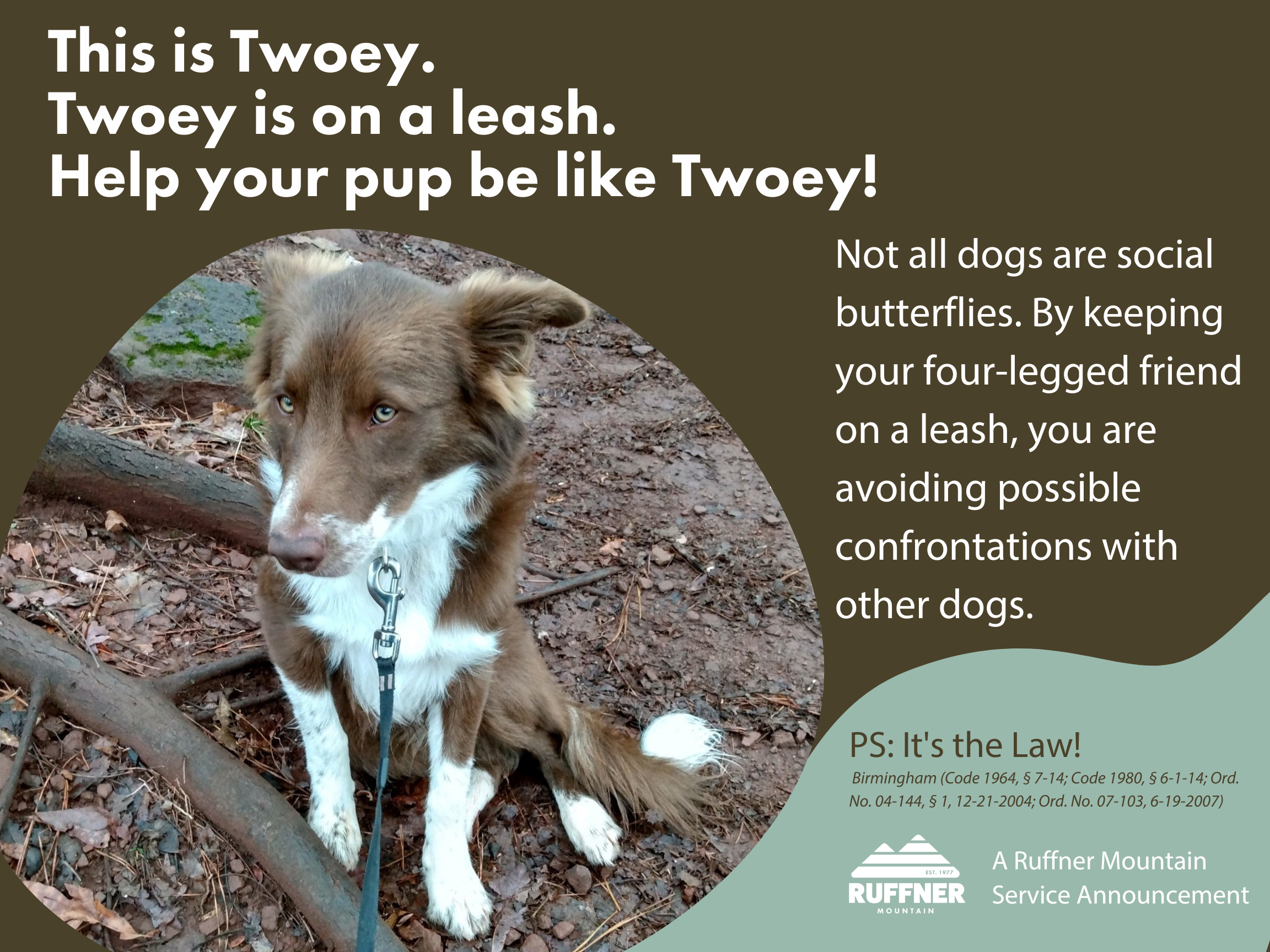

The acoustics of a passing train lends an eerie soundtrack to the night moves — a couple of deer, nibbling and grazing; an opossum saunters by; two coyotes on the prowl, sniffing and investigating; and a bobcat squats and scratches to do some marking along the animal trail on the Irondale side.
It happened last week during Habitat Garden Club (volunteers work in the habitat gardens: Tuesdays from 9 until noon), we heard a wild barred owl (Strix varia) calling, and wildlife ambassador, Beaux, replying. At first, the wild bird’s call was distant, then we saw the owl fly to a tree behind the nature center and then to a branch above Beaux’ enclosure. An ascending, “Hoo-hoo-hoo-hoo-hoo-hoo-hoo-hooo-aw” was followed by an intensifying call-and-response courtship duet of hoots, cackles and caws.
You’ve probably heard Beaux call from the enclosure before, “Who cooks for you? Who cooks for you all?” Or maybe you’ve seen Wildlife Care Naturalist, Emily Hutto, walking around the campus with Beaux on the glove.
Emily explains how Beaux became a wildlife ambassador, “When Beaux was a nestling, he fell out of his nest in Alabaster. He was brought to the Alabama Wildlife Center where it was found that he had congenital glaucoma in his left eye. The only way to save his life and prevent the disease from progressing was to surgically remove the eye. Beaux is missing his left eye and cannot be released because his poor depth perception makes it difficult for him to hunt and compete with healthy owls in the wild. Beaux has been with Ruffner since 1999 and is 24 years old.”
